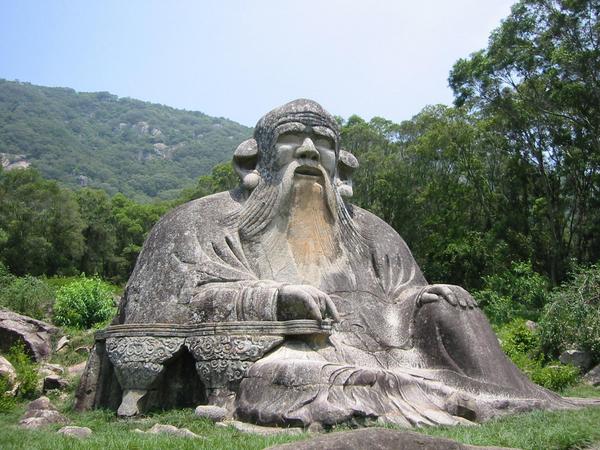In Westernized yoga, there appears to have been a bit of a confounding of eastern traditions in regards to their application in yogic philosophy. We tend to mix up Buddhism, Hinduism, Taoism, even Jainism and put them all into the same category of “mindfulness” aimed towards stress reduction and happier, more meaningful living. Not that mindfulness isn’t an appropriate subject, but I think it can be important to differentiate between the Eastern religions especially to understand their unique, individual philosophies.
Yoga doesn’t really have a category. Traditional yoga is very similar to Buddhism, but the yoga sutras of Patanjali seem to be the most authentic “yogic” teachings from a historical perspective. Many scholars would also agree that Patanjali’s sutras are heavily influenced by Buddhism. Ujjayi breathing is influenced by Taoist practices and many of the meditational practices in yoga come from Jain and Buddhist traditions.
Most modern yoga teachers seem to be most influenced by Buddhism when teaching, focusing on concepts of Dharana and Dhyana for meditation that are the same in buddhist texts. Many bring modern science and anatomy into the practice which is a more efficient way to practice because it allows us to understand what is happening while we are performing asanas. With these tools we can avoid injury and progress safely into a fuller and easier practice.
Buddhism teaches that at the center of all things is peace, which is a bit different from the Hindu belief that all things have a divine core. The yoga sutras of Patanjali seem to be more influenced by the Hindu side of things and his concepts in the 8 limbs of yoga support a divine core of all beings. However, the Buddhist state of Nirvana and the Hindu state of Samadhi seem to be very similar conceptually.
Most modern yoga is geared towards balancing the body not necessarily towards complete purification. This is because the whole body purification is more of a youthful activity, it requires a lot more effort once you are older and the body is increasingly more toxic with age (at least as a general rule). Aging well in a yoga practice is not necessarily aligned with yang style of ashtanga or Bikram yoga, but rather a combination of Yin and Yang style of exercises. In this way, modern yoga is more Taoist than Buddhist or Hindu.
The yoga sutras are undoubtedly Hindu, but they borrow many buddhist teachings and concepts. The past of yoga, Hinduism, and Buddhism seem to be vastly intertwined with the rest of the eastern traditions, most notably Taoism to produce a modern hybrid western style of yoga. Patanjali’s famous quote to still the fluctuations of the mind might be very similar to finding Lao Tzu’s Tao. It is important to remember that eastern traditions tend to be less ordered and regimented than western religions because the religions tend to cross over into each other. If you get a chance to read Patanjali’s yoga sutras then enjoy searching for the different influences of the texts.

